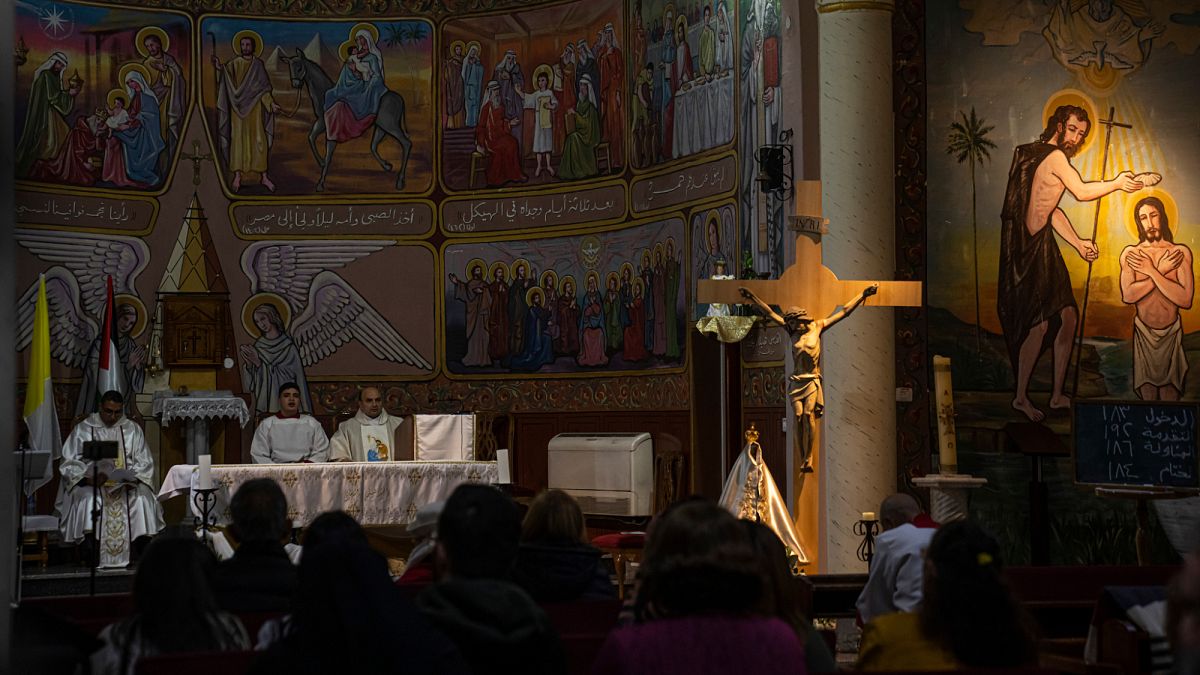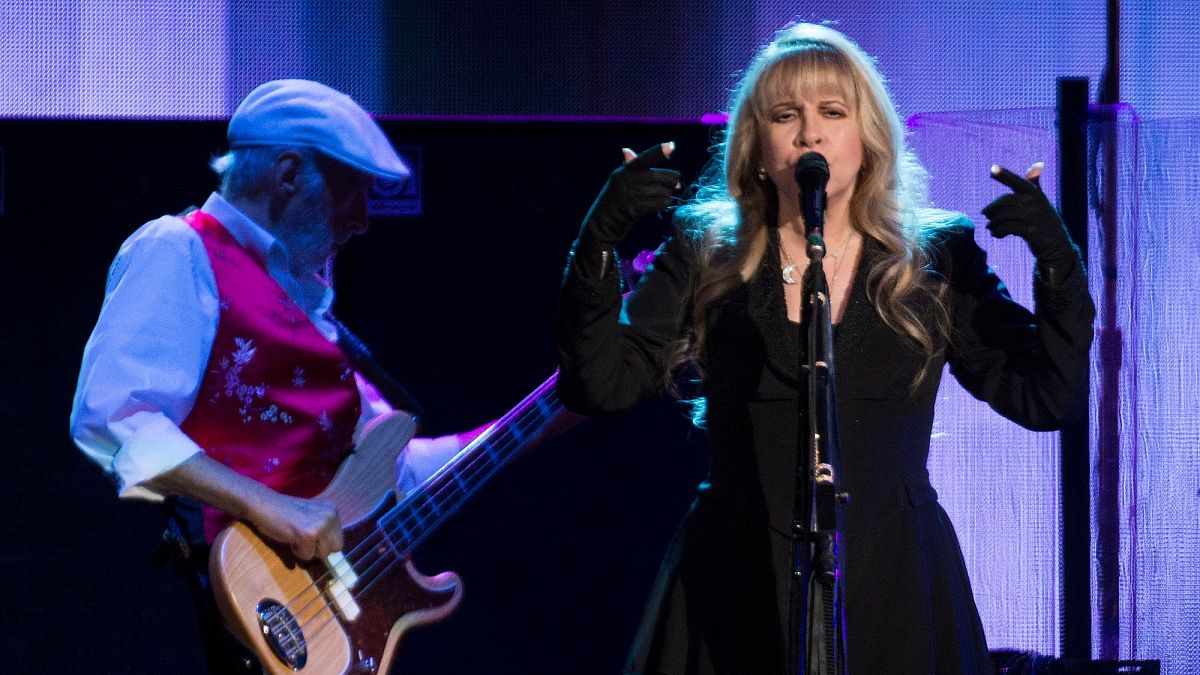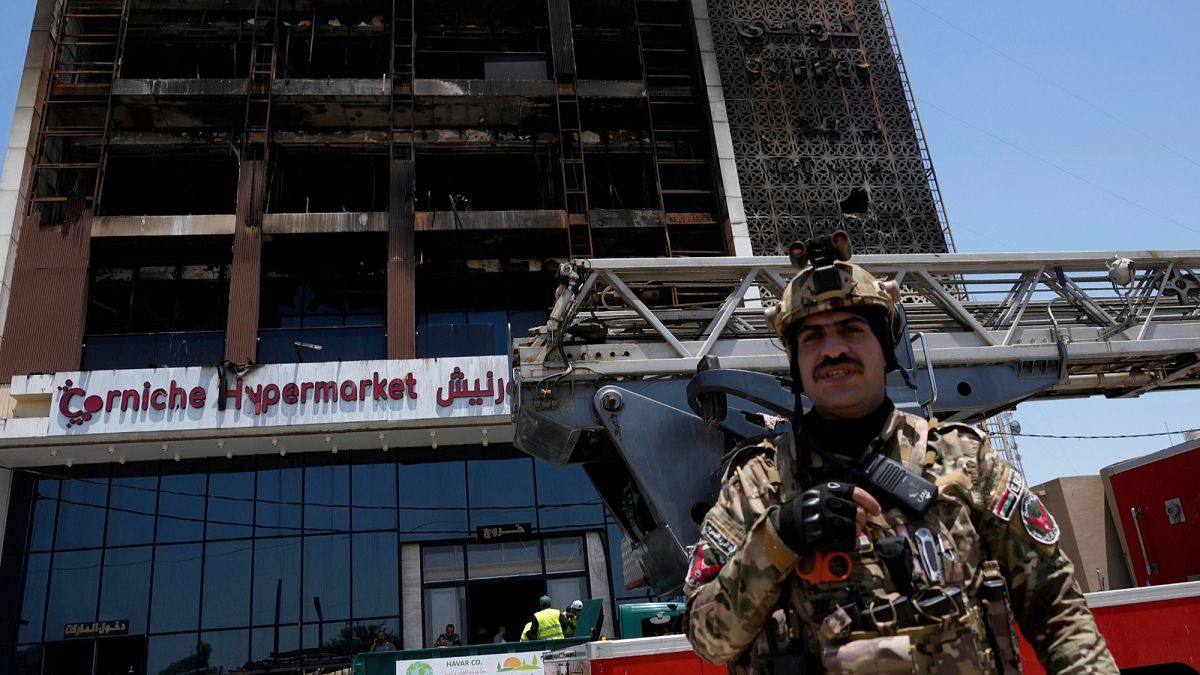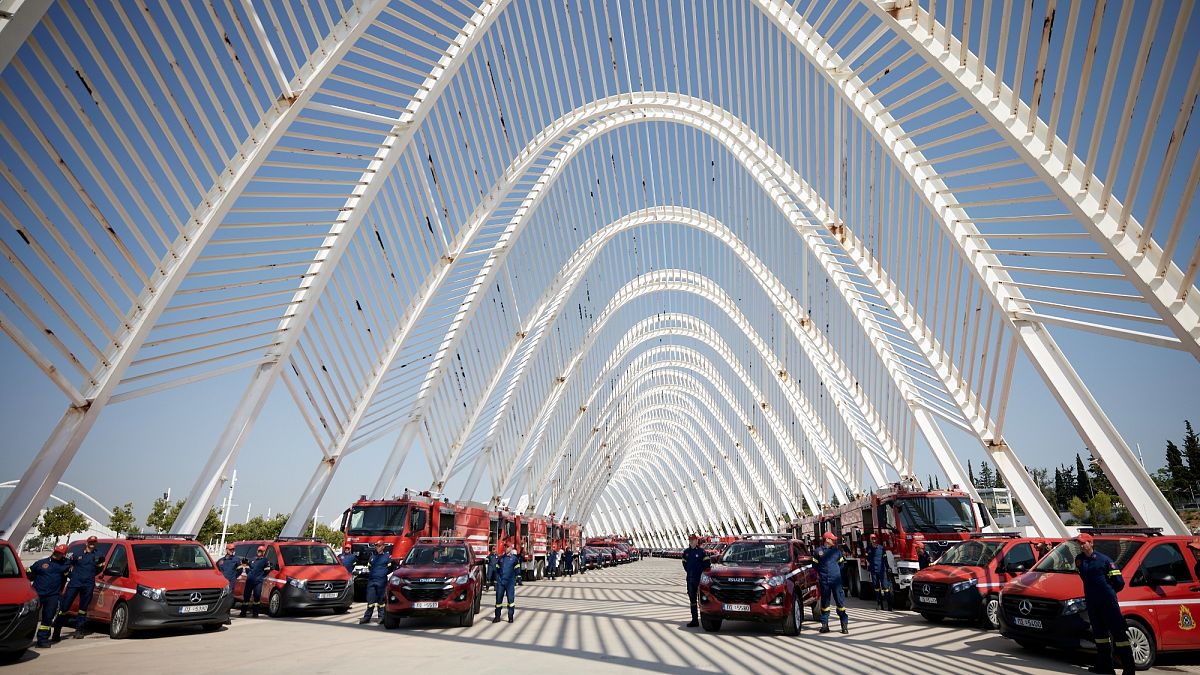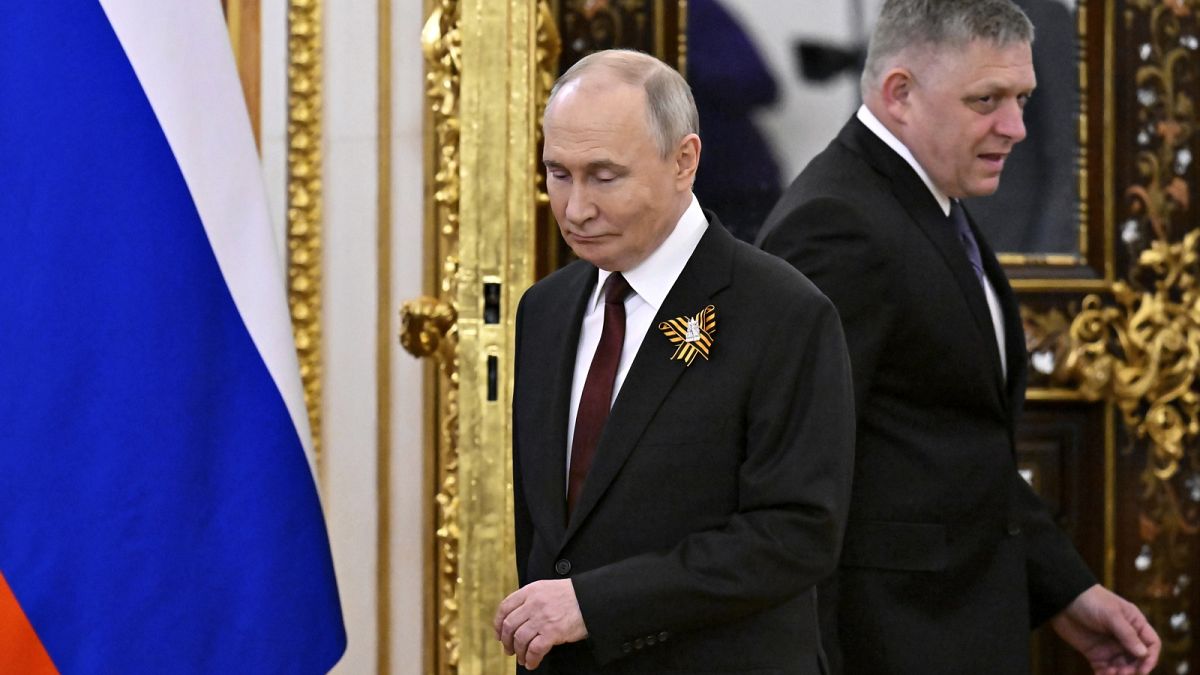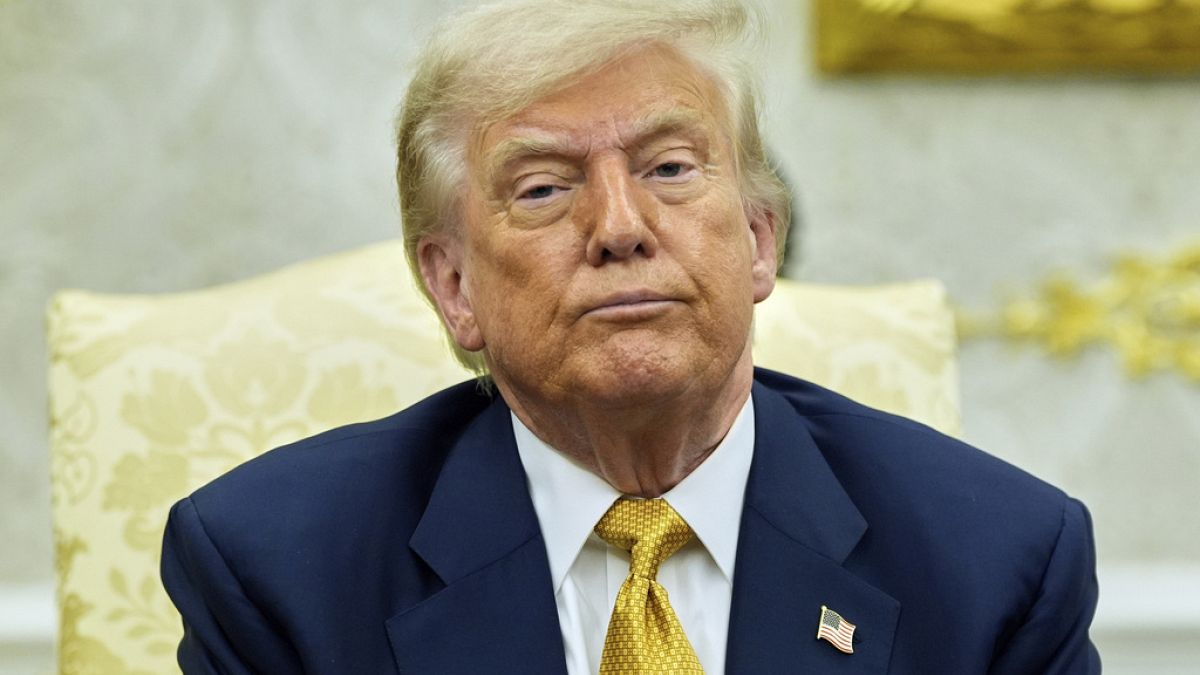Netflix: Profit starts up, but investors ask for more
Advertising Netflix has followed a similar scenario over the past three years: it expands its leadership in the video stream, simultaneously providing financial results, which easily overcome the forecasts of analysts who direct investors. While the profit of Netflix has much surpassed Wall Street’s expectations in April June, his income ranged directly around the bar … Read more

